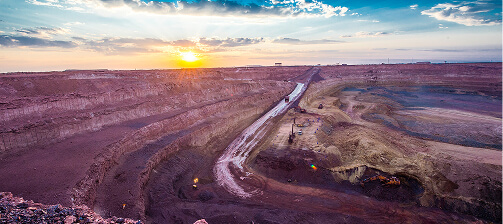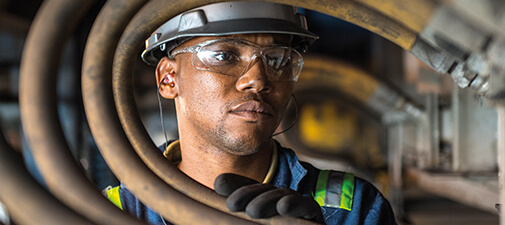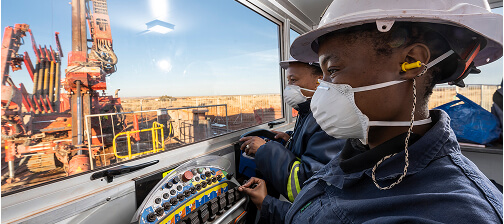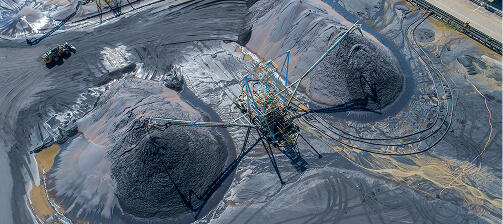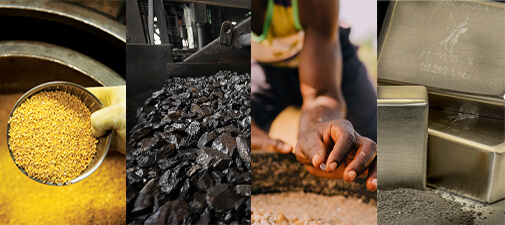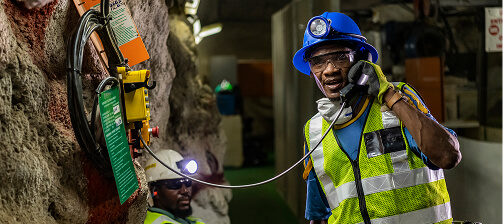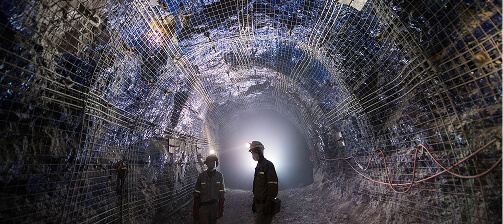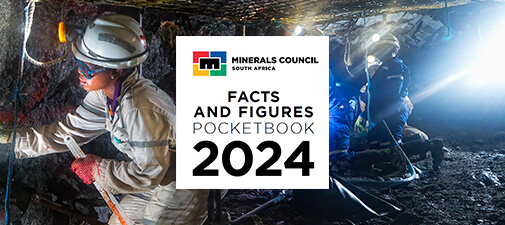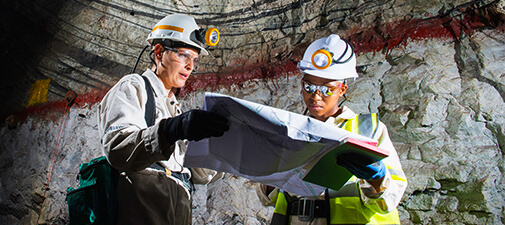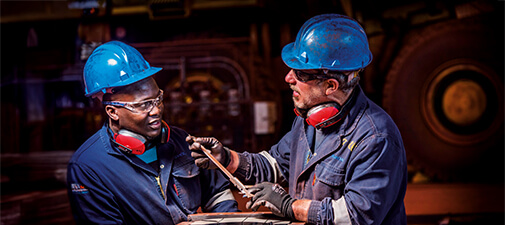Mponeng, 29 July 1999
The fatal explosion at Mponeng, previously known as the Western Deep Levels No 1 shaft, occurred in an access tunnel lying 2.7 kilometres below the earth’s surface. A short time after the explosion, the mine’s rescue teams were working underground to bring 20 uninjured people to surface and to recover the bodies of the 19 who had lost their lives.
Classified as a “fiery mine”, methane was known to be emitted from the rocks, so extra-special safety and ventilation precautions have since been implemented to eliminate the dangers presented by the gas.
As we mourn the loss of 19 irreplaceable lives, we remember the many years of work done by members of rescue team volunteers, who are specially trained to perform their rescue work. They are on call around the clock, ready to for their duty to assist in rescue operations at their own mine or at other mines.
Today, we remember the people who lost their lives, as well as their families, friends and colleagues who lost loved ones. Their deaths have led us to amplify our resolve to ensure that people working in our country’s mines are safe. We remain steadfast in our commitment to ensuring that miners do not suffer harm as they go about their work. We, in the mining industry, are responsible for our own safety and, equally as important, for the safety of those we work with.
The industry demonstrates its commitment to the shared imperative of zero harm through the Khumbul’ekhaya health and safety strategy, which has a holistic approach, complementing and supporting other initiatives in place.
Prevention has been found to be the most important mitigation control, coupled with the stringent maintenance of a mine’s code of practice. The industry is committed to the range of mechanisms to prevent and mitigate explosions introduced by the Department of Mineral Resources and Energy. The track record of South African mines proves that the investment and implementation of preventive measures have paid off.
Moving forward, we are taking a targeted approach to address the major causes of fatalities across the various commodities through the holistic Khumbul’ekhaya strategy to prevent tragedies such as the one at Mponeng in 1999.
More information about the Khumbul’ekhaya health and safety strategy can be found here: www.safetyandhealthinmining.co.za/about
![Logo MCSA [logo]](/templates/chamber/images/logo.svg)

